I saw this question as a search question for training and while I don’t know the reason behind the question, it seemed logical to try to answer it. This may not be the answer people want to hear, but it is an alternative.
I’ve actually addressed the question of icebreakers before. I don’t like them personally (but my excuse is that I’m an introvert), but when they are necessary–especially for some trainers and some trainees–I use them. Those who like icebreakers would probably say “most.”
- Introverts who derive their energy from internal sources rarely gain from icebreakers; they don’t need other people for strength and energy. If you don’t involve them in another way, they tend to be wallflowers on the company dime.
- Icebreakers take up valuable time. A good trainer can grab an audience, swing ’em around a few times, and train ’em before the icebreaker is done. Okay, a little skepticism and exaggeration. But, nevertheless, icebreakers do take time that could be spent training.
- A trainer who is well-prepared knows his or her audience to the point of jumping in and making the party fun, and if the training is well-planned the trainees are well-acquainted and appropriately ranked in equal groups, there is no need for an icebreaker to introduce them to one another.
- Icebreakers can make training fun; so can a good trainer with personality.
- Let’s see…what else do we use icebreakers for? Introduce the topic. Really. We need an icebreaker for that. An informed and well-led workforce is prepared.
- Without icebreakers what have we? Activities, games and, oh, rewards for when the adult/children get it right. To some adults, this is downright insulting. We all like candy–those of us who are not diabetic (but a good reward trainer thought of that already). How does this help us focus on training, learning to do our jobs better? No one gives us candy there. We could put a jar on our desk, but that’ll just make everyone like us or just come to our office for a snack.
- Icebreakers are used to break ice in the ocean so ships don’t get ripped apart. Thinking of it that way, we use icebreakers to break the ice in a classroom. Really? They are the same?

I see icebreakers as a trick and a cheap trick at that. Disagree with me if you want. I want trainees willing to learn, who come in a professional manner prepared for that next job. Realistic? Probably not in a lot of cases. You know what’s coming next. Because someone came in and convinced leadership that icebreakers would ready the class for learning and activities would give them hands-on training. Make sure they do what you promise. I have no problems with doing what works, but make sure it does, and it sticks. Someone who leaves and says, “That was fun,” probably means it. “Did you learn anything?” “I”ll never tell.” Clues, people.
When does the real training work get done? We should be planning a way other than treating our trainees as school children to treat them as adults. If that means training leadership to hire grown-ups to do the work, so be it. We are setting ourselves on a path of professional mediocrity. We let anyone train who says they can train (especially the business skills), anyone who has a gimmick or set of tools to entertain an audience. We don’t tell them to grab a training group and steer them to the direction the company wants to go anyway. Here’s my solution: Use your club! If they don’t want to learn, don’t make them. They can leave the class and deal with their bosses directly on the issue of training. Maybe that’s the real learning solution for them after all.
There I am. Took my club and knocked those no-gooders right out of the cave. It’s one answer. Maybe we should re-evaluate how we handle our classes of adults. We call it “adult learning” and yet it has all the makings of Kindergarten.
Not done yet today. I feel the need to use that club on bloggers who feel the need to tell us the worst degrees to have in this economy. We could re-structure schools at the same time, making sure those jobs promised will go to the graduates with those degrees. I could be wrong, but this seems like wrong thinking to me. Well, that’s it for now. Check out the The Cave Man Guide To Training and Development. Pssst. The Cave Man I’m talking about used real fires to warm up the cave. Happy Training.
—
For more resources about training, see the Training library.

